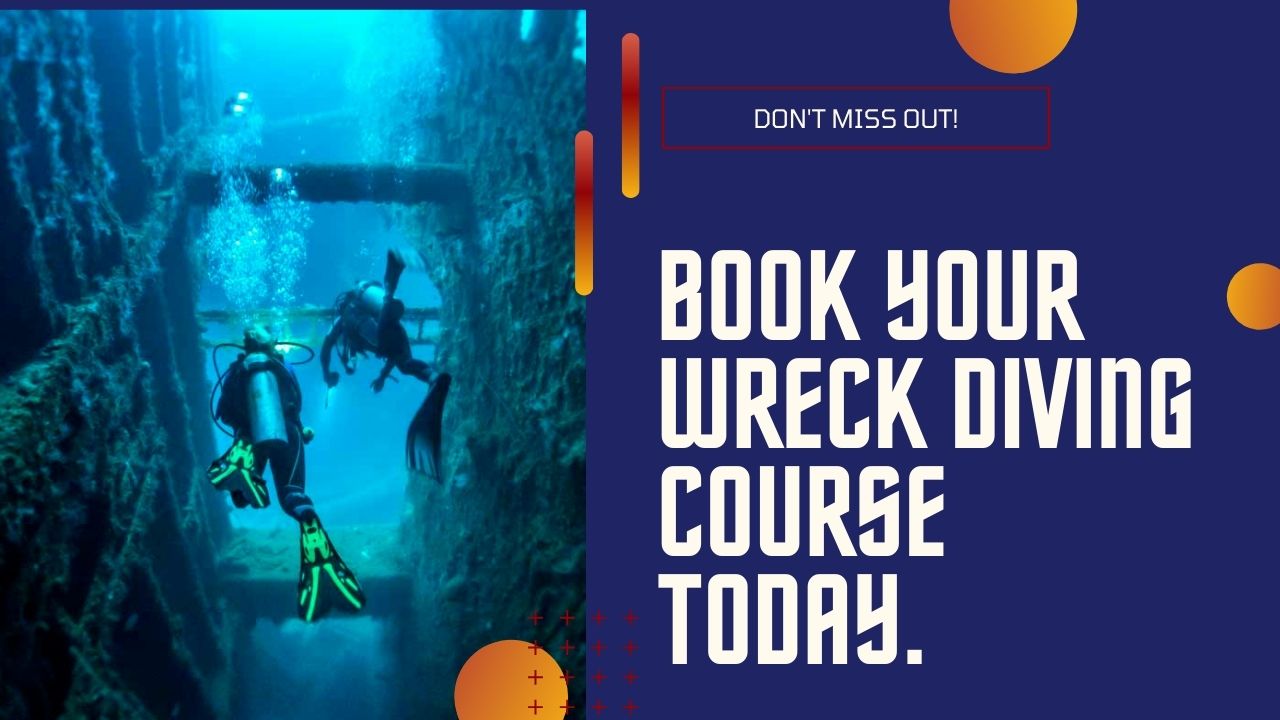You have 0 product(s) in your cart.
Abyss Scuba Diving
Explore The Aquatic Spectacle: Ultimate Guide To Dive Yongala Wreck
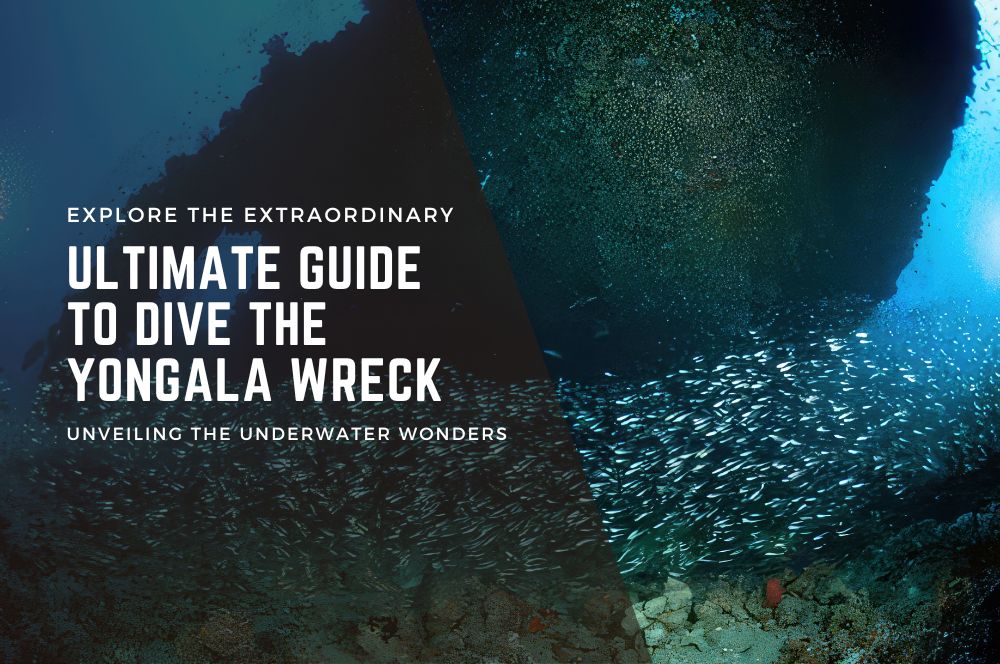
Explore the Aquatic Spectacle: Ultimate Guide to Dive Yongala Wreck
Plunging into the Dive Yongala experience means discovering an underwater sanctuary where history intermingles with marine splendor. This guide unravels the story of the SS Yongala wreck, its bustling reef ecosystem, and the essential details divers need to know for this ultimate Great Barrier Reef adventure.
Key Takeaways
-
The SS Yongala, located in the Great Barrier Reef Marine Park, is one of the world’s top 10 wreck dives, attracting divers with its rich history and vibrant marine ecosystem that includes sharks, turtles, and large fish.
-
Diving conditions at the Yongala wreck offer visibility up to 30 meters, with water temperatures ranging from 22-31 degrees C, providing unique experiences across different seasons with opportunities to witness various species, including humpback whales during migration season.
-
Careful planning, including ensuring necessary diving qualifications and monitoring weather conditions, is crucial for a safe Yongala wreck dive, adhering to safety protocols and being equipped with essential gear like full dive equipment and backups.
Discover the Mystique of SS Yongala
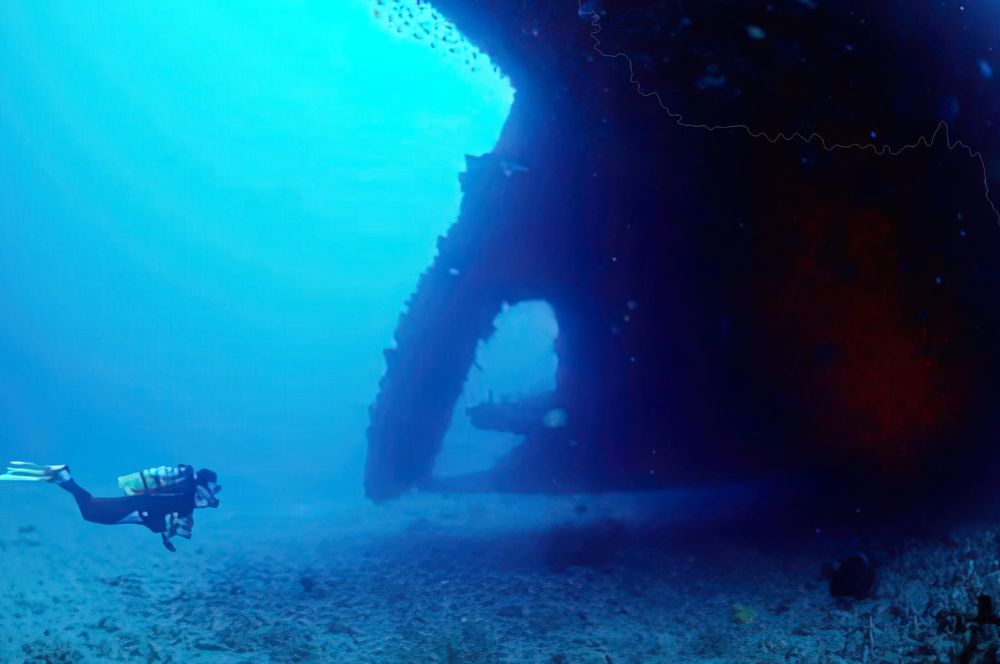
The SS Yongala, named after an Aboriginal word meaning ‘broad water,’ was built in England in 1903 and became an essential coastal trader, linking major Australian ports via its regular route, including Nelly Bay. Today, the Yongala wreck, located near Alva Beach in the Great Barrier Reef Marine Park, offers an unparalleled diving experience, promising accessibility to diving enthusiasts from around the world.
The mystique of its history and the vibrant reef that has developed around the wreck contribute to its status as one of the top 10 wreck dives in the world, not far from the breathtaking Magnetic Island.
The Sinking Saga
The Yongala embarked on its final journey on March 23, 1911. Onboard were 49 passengers, 73 crew members, and the racehorse Moonshine. Tragically, all were lost when the Yongala sank during a cyclone. Despite receiving warnings of the impending storm, the lack of wireless telegraph equipment onboard and the failure to see signal flags led the vessel into perilous weather conditions.
After its disappearance in a remote location, a search operation began when wreckage and the body of Moonshine washed ashore, confirming the fate of the Yongala. The Marine Board of Queensland concluded that the sinking of the Yongala remained one of the ‘mysteries of the sea,’ with no fault found in the ship’s construction or the captain’s capabilities.
A Thriving Underwater Ecosystem
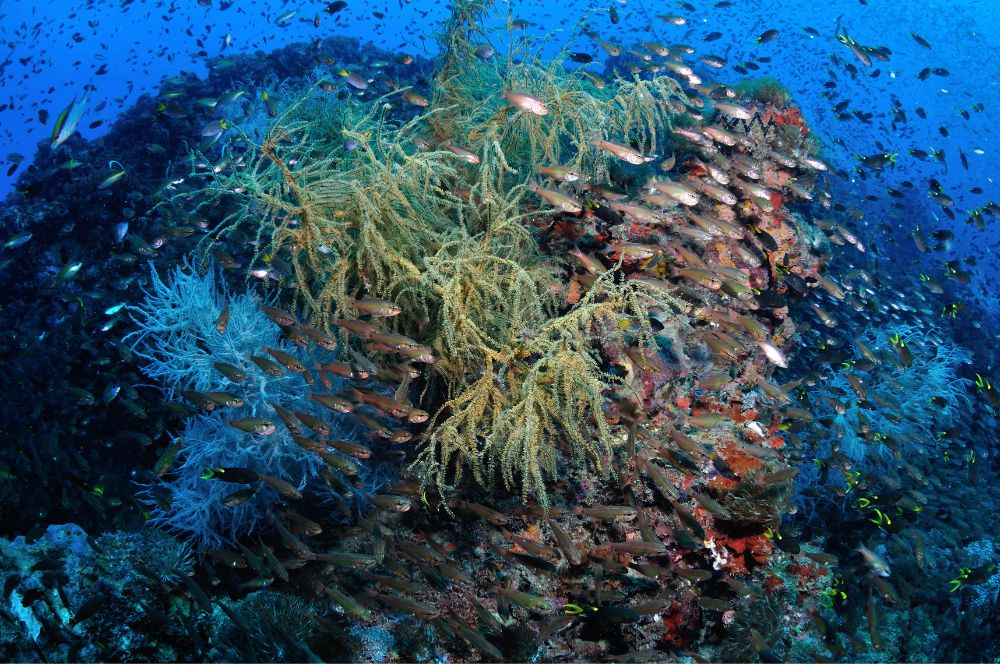
The Yongala wreck has evolved into a unique artificial reef within the Great Barrier Reef Marine Park, recognized for its vibrant marine ecosystem and the biodiversity it supports. This thriving habitat is home to:
-
large fish
-
sharks
-
turtles
-
rays
All of these species are thriving in a no-fishing green zone. The abundance and variety of life, including soft corals, tropical fish, and moray eels along the hull, are a sight to behold.
Significant pelagic species such as Chevron Barracuda, Spotted Eagle Rays, and Giant Trevally are attracted to the Yongala wreck, indicative of the wreck’s location being conducive to pelagic life. Strong currents around the wreck cultivate a plankton-rich environment that augments the ecosystem, making the SS Yongala an undersea spectacle teeming with life, an artificial reef of ecological significance.
Visibility and Dive Conditions
Divers at the SS Yongala wreck can expect to experience visibility up to 30 meters, providing a clear view of the rich marine life and the sunken ship itself. However, visibility can range depending on the season. During the winter months from June to August, it can range from 15 to 25 meters and drops to 10-15 meters in the spring and summer, with September still offering peak conditions.
Water temperatures around the wreck also vary depending on the season. In the cooler months, temperatures range from 22-25 degrees C, while in the warmer months, they range from 26-31 degrees C. These dive conditions offer a unique diving experience in each season, presenting a different facet of the Yongala wreck’s beauty.
Encounter the Ocean's Giants
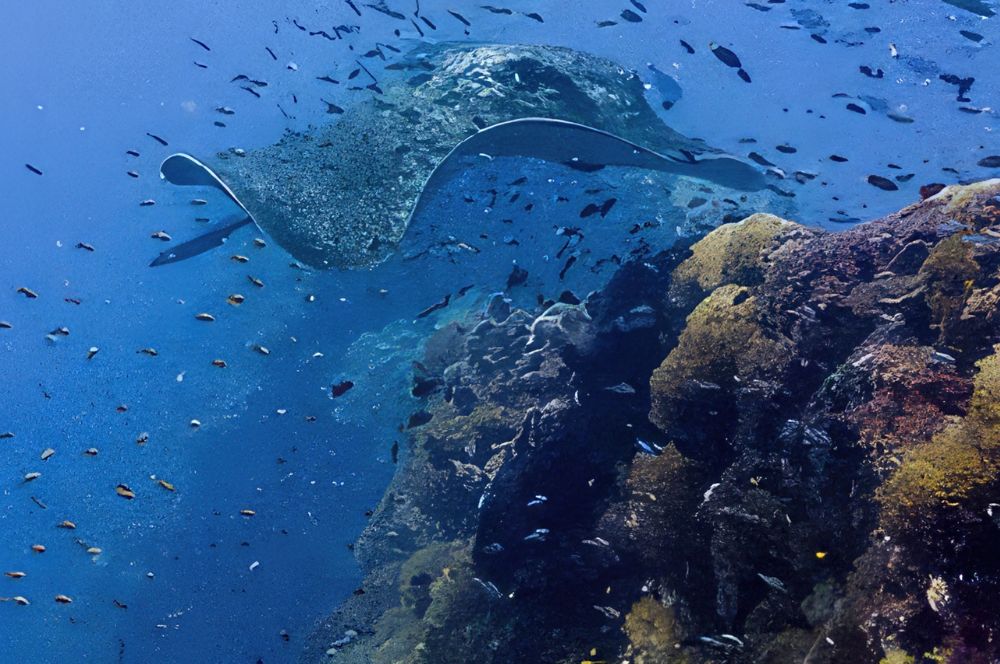
One of the highlights of diving the Yongala wreck is the opportunity to encounter ocean’s giants. Humpback whale season in Townsville, near the Yongala wreck, generally extends from July through September. Each year, humpback whales migrate approximately 10,000 kilometers north up the east coast of Australia from the Antarctic to mate and give birth in the warm waters off the Australian coast, including the area near the SS Yongala.
Visitors often observe humpback whales engaging in activities such as pectoral fin waves, tail slapping, and breaching while traveling to and diving in the region of the Great Barrier Reef and SS Yongala Wreck. In the cooler months, the isolated location of the SS Yongala wreck attracts a rich abundance of marine life, presenting opportunities for divers to encounter humpback whales and other large marine species like giant trevally.
The Yongala wreck is also home to other ocean giants such as:
-
giant groupers
-
sea snakes
-
turtles
-
barracudas
-
manta rays
-
sharks
These encounters, whether it’s beholding the majesty of a humpback whale or the graceful glide of a manta ray, add to the thrill and uniqueness of the Yongala wreck dive experience.
Planning Your Dive Expedition
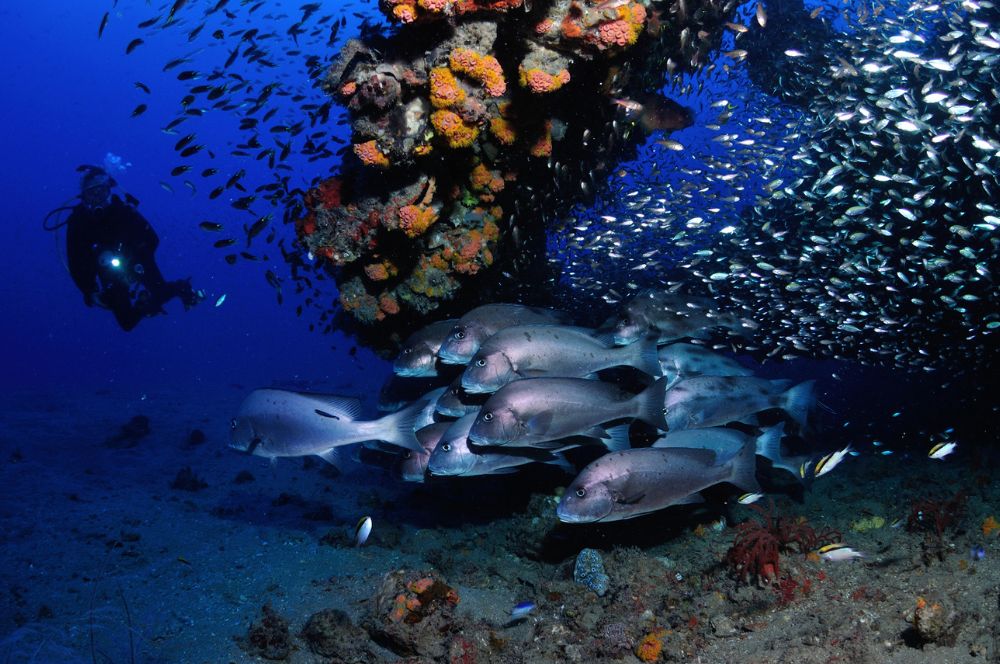
Diving the Yongala wreck promises a unique adventure trip like no other, but it also demands careful planning and preparation to ensure a safe and successful expedition.
In the subsequent subsections, we delve into the necessary qualifications and weather considerations that divers should take into account when planning their dive, providing a comprehensive guide to equip you for your dive expedition.
Necessary Qualifications
Before setting out for your Yongala dive, it’s vital to verify that you possess the required qualifications. Given the depth of the wreck, which is about 30 meters, divers aiming to participate in a Yongala dive trip must hold an Advanced Open Water Diver certification.
Some dive operators may require proof of a certain number of logged dives to ensure that divers have adequate experience. Therefore, reaching out to your chosen dive operator for their requirements and recommendations is advisable. They might also provide certified divers with guided dives for novices.
Weather Considerations
When mapping out your Yongala dive, weather is a crucial factor to consider. Dive trips to the Yongala wreck are scheduled with a consideration of weather conditions, which are assessed and confirmed the afternoon prior to departure. Divers aiming for the Yongala wreck are encouraged to call the dive shop for up-to-date weather conditions and trip go-ahead.
To guarantee a safe diving experience, it’s vital to finalize departure details according to weather conditions. The preferred period for diving the SS Yongala wreck is outside the wet season, ideally avoiding January to April due to the increased risk of cyclones and adverse weather. Dive conditions can be significantly affected by high winds and rough seas, which are more prevalent during cyclone season and winter months, highlighting the need for careful planning during these times.
Dive Yongala with Confidence
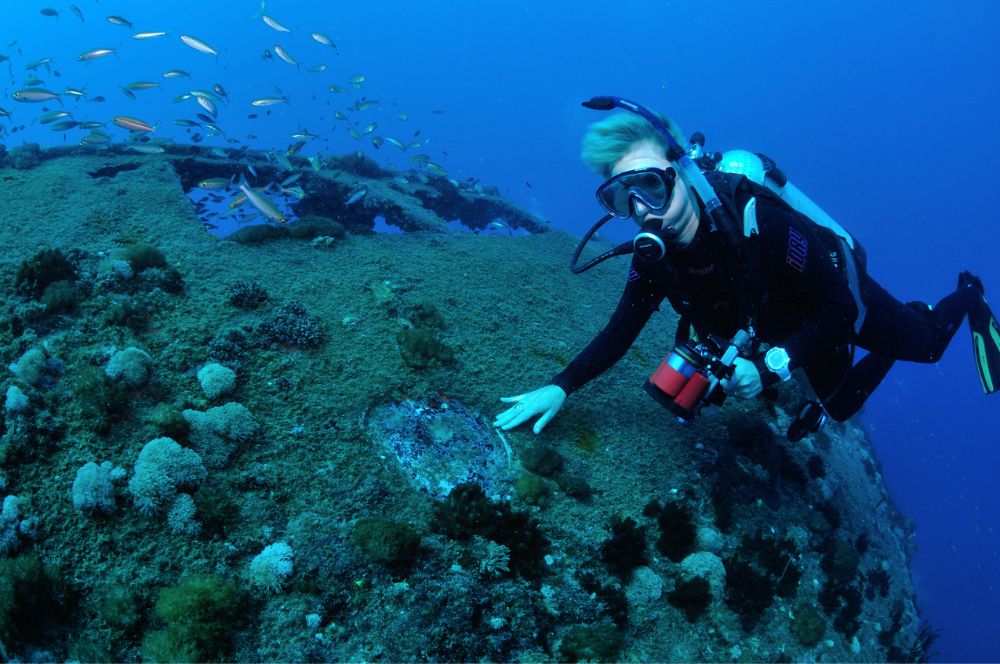
After meticulous planning and equipping yourself with the necessary qualifications and gear, you’re ready to confidently plunge into the deep blue sea. The subsequent subsections delve into the safety protocols and equipment essentials you need to have in place to ensure a successful and safe diving experience at the Yongala wreck.
Diving and Safety Protocols
Strict compliance with safety protocols is paramount for any dive. Divers are required to abide by the protections under the Historic Shipwrecks Act and the Commonwealth Underwater Cultural Heritage Act, which includes accessing the SS Yongala wreck by permit only and adhering to strict no-touching rules within the protected zone, ensuring both diver safety and conservation of the site.
It’s also important for certified divers, including open water divers, to allocate sufficient air for the whole team to safely exit the wreck, complete any needed safety stops or decompression, and ascend to the surface with reserve air. Divers with fewer than 20 dives and lacking recent diving experience should either undergo a recent skills refresher or opt for a guided Deep Orientation dive led by dive staff. This ensures readiness and proficiency for this challenging dive.
For safe navigation within the Yongala wreck, divers should utilize proper finning techniques, maintain buoyancy to avert silting, and equip themselves with strong primary and backup lights, a substantial wreck reel, and protective gear like gloves and exposure suits to manage the wreck’s intricacies and risks.
Equipment Essentials
Possessing the appropriate equipment is indispensable for a successful dive at the Yongala wreck. A full set of dive gear for wreck diving generally consists of:
-
Scuba tank
-
Regulator
-
Diving mask
-
Wetsuit
-
Fins
-
Buoyancy control device
The thickness of the wetsuit needed depends on the water temperature at the time of diving. The waters around the Yongala are generally warm, but temperatures can vary. Typically, a wetsuit between 3mm and 5mm thickness is good.
To ensure safety and exploration efficacy during wreck dives, it is recommended to carry the following equipment:
-
Dive torches and backups
-
Multiple dive computers
-
Enriched air Nitrox to help extend bottom times
-
Navigational gear like a dive compass and wreck reel
-
Proficiency in frog finning technique to avoid disorientation and minimize environmental disturbance within wrecks
-
Dive knives to deal with potential entanglements
-
Seasickness tablets for those sensitive to sea conditions
Good buoyancy control and a well-organized dive gear setup are essential to prevent damaging the wreck or equipment entanglement.
Summary
The SS Yongala wreck dive presents a unique adventure trip that combines history, marine biodiversity, and an adrenaline rush like no other. As one of the top 10 wreck dives in the world, it offers divers the opportunity to explore the remnants of a tragic historical event while marveling at the thriving underwater ecosystem that has developed around the wreck. Proper planning, adequate qualifications, and adherence to safety protocols are crucial for a successful and rewarding dive experience. So, pack your gear, brush up on your diving skills, and get ready to explore the aquatic spectacle that is the Yongala wreck!
Frequently Asked Questions
How deep is the Yongala dive?
The SS Yongala wreck lies on a 33 meter deep sandy bottom with the top of the wreck at around 15 meters deep, making it an advanced dive due to the depth and conditions.
Can you snorkel Yongala?
Yes, you can snorkel the SS Yongala Wreck, one of Australia's best dive sites, with a diving and snorkeling provider operating trips from Townsville and Magnetic Island.
How much is the SS Yongala dive?
The SS Yongala dive price is available upon inquiry. Contact the dive operator for specific pricing.
How do you dive Yongala wreck?
To dive the Yongala wreck, you need to have an Open Water certification with 6 logged dives and deep dive training. Open Water divers must also complete a Deep Orientation dive with a PADI Dive Instructor during the 1st dive at the wreck.
What qualifications do I need to dive the SS Yongala wreck?
You need an Advanced Open Water certification to dive the SS Yongala wreck, and some dive operators may also require a certain number of logged dives to ensure experience. It's essential to have these qualifications before attempting the dive.
WRECK RELATED POSTS
-
Explore the Depths: The Ultimate Guide…
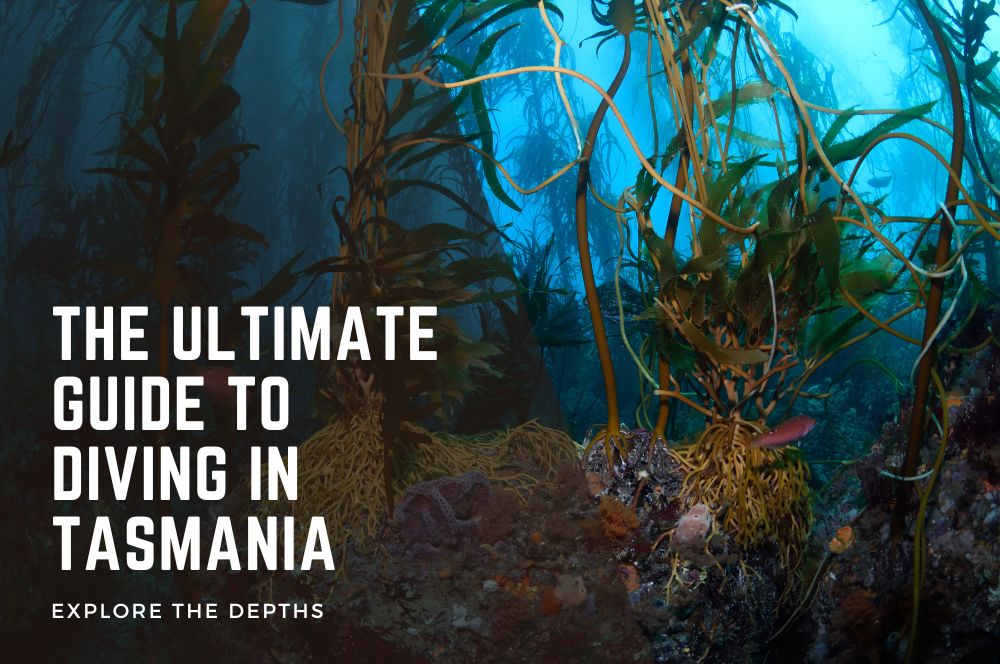
Explore the Depths:…
Explore the Depths: The Ultimate Guide to Diving in Tasmania Why dive in Tasmania? This is where vibrant […] -
Top Spots for Scuba Diving in Australia:…
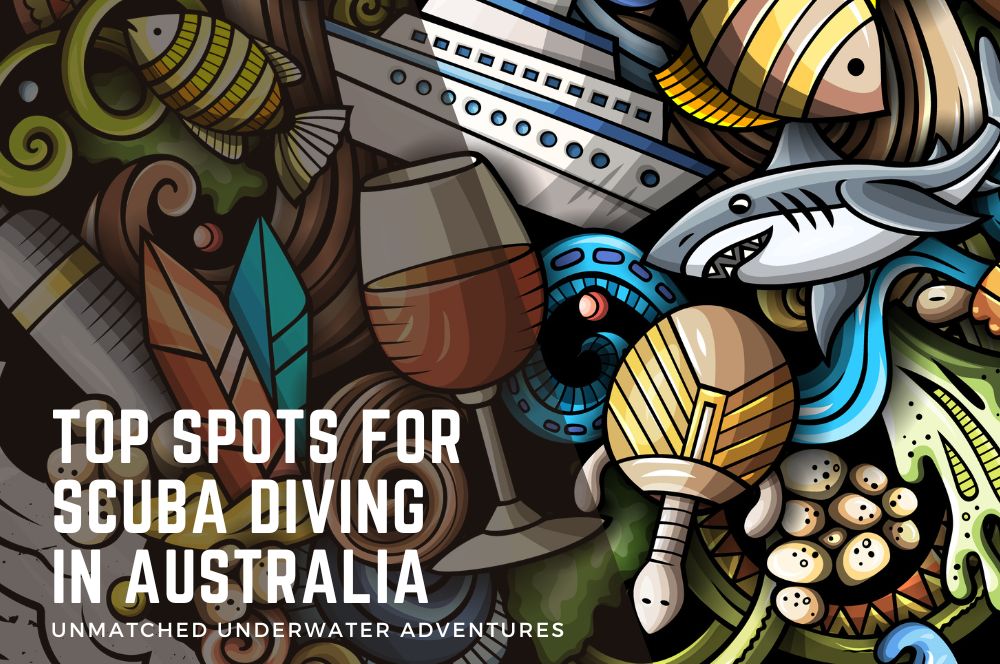
Top Spots for Scuba…
Top Spots for Scuba Diving in Australia: Unmatched Underwater Adventures Seeking the best scuba diving experiences? […] -
Explore Underwater Wonders: Your Ultimate…
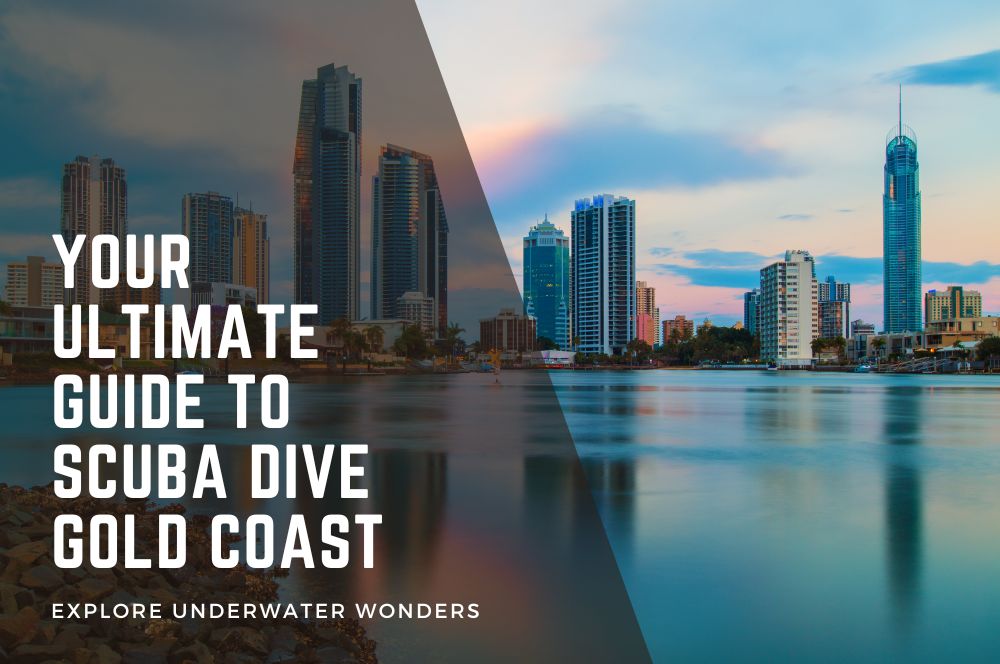
Explore Underwater…
Explore Underwater Wonders: Your Ultimate Guide to Scuba Dive Gold Coast Discover the rich underwater world […] -
Where to Scuba Dive in Australia: Uncovering…
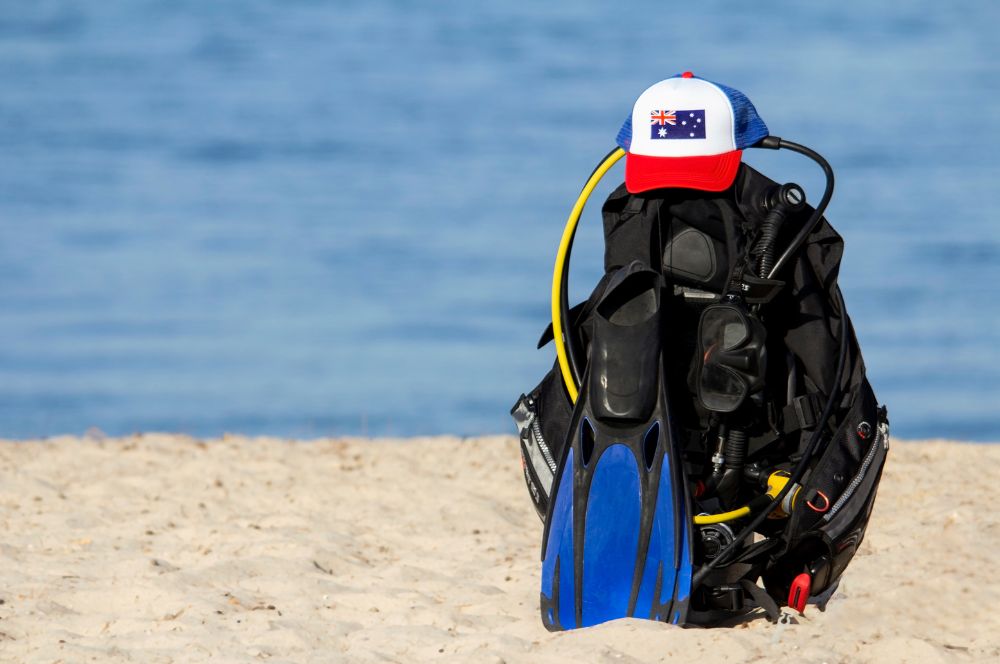
Where to Scuba Dive…
Where to Scuba Dive in Australia: Uncovering the Best Places Australia is an underwater paradise teeming […]
Recent Posts
